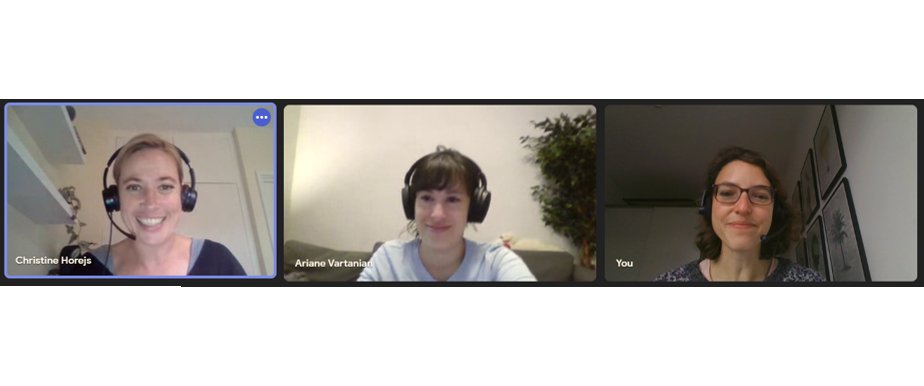
I will try to give you a little #glimpse of the experiments we were running the past days at the P02.1 beamline at DESY @p021_desy
The experiments did involve a #robot 🤓🤖 and many, many tiny glass capillaries....
A #thread 🧵 with a robot #video 1/6 @RPittkowski
The experiments did involve a #robot 🤓🤖 and many, many tiny glass capillaries....
A #thread 🧵 with a robot #video 1/6 @RPittkowski

First, we place capillaries filled with #nanoparticles (small glass tubes) on a holder, which the robot can later grab. This involves a lot of wax and steady hands, to place the capillaries in a straight way. In the picture you can see a sample rack full of capillaries. 2/6 

Here you can see a sample spinning in the lab, to check if the capillaries are straight, or if we need to move them a little to even out any wobbling👩🔬- we can melt the wax again and angle them new 3/6
The sample racks with capillaries go into the experimental hutch, the place where all the #Xray #action happens. It is closed off with heavy lead and once the X-ray beam is on, you cannot enter. So the #robot grabs a sample & puts it in the Xrays. see ultra cool robot video-4/6
Because we cannot enter with the beam on, there are a lot of cameras 🎥 installed through which we can double check that everything is running smoothly.
Here a photo of a camera image, where we watch the #robot arm picking up a sample. 5/6
Here a photo of a camera image, where we watch the #robot arm picking up a sample. 5/6

When the X-ray beam hits our capillary, the particles inside the capillary #scatter the X-rays. The scattering is detected by a 2D detector, and we can see such a pretty scattering image. We integrate the images, to get a diffraction pattern to analyze. More on that later 6/6 

• • •
Missing some Tweet in this thread? You can try to
force a refresh
















